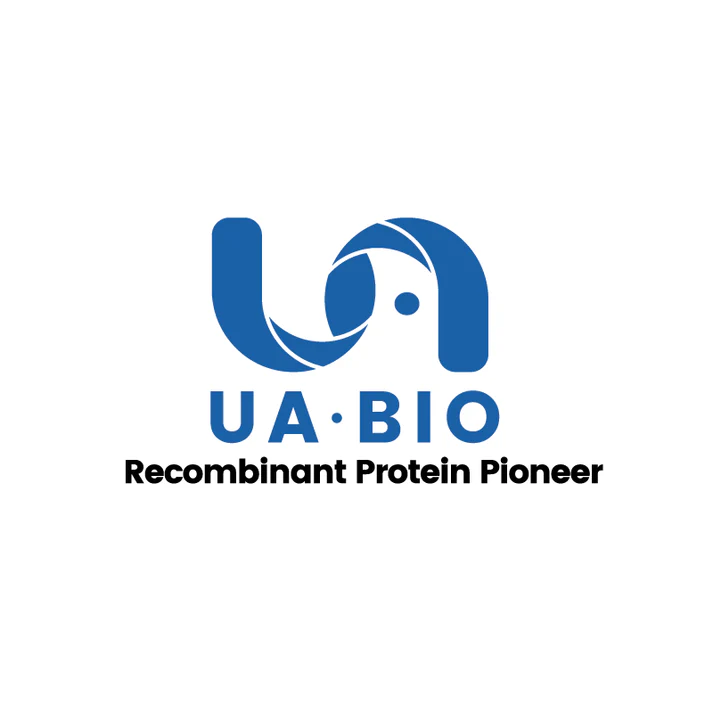1μg (R: reducing condition, N: non-reducing condition).
Product Details
Product Details
Product Specification
| Species | Mouse |
| Synonyms | REN, FLJ10761 |
| Accession | P06281 |
| Amino Acid Sequence | Leu22-Arg402, with C-10*His |
| Expression System | HEK293 |
| Molecular Weight | 45-55kDa (Reducing) |
| Purity | >95% by SDS-PAGE |
| Endotoxin | <0.1EU/μg |
| Conjugation | Unconjugated |
| Tag | His Tag |
| Physical Appearance | Lyophilized Powder |
| Storage Buffer | PBS, pH7.4. |
| Reconstitution | Reconstitute at 0.1-1 mg/ml according to the size in ultrapure water after rapid centrifugation. |
| Stability & Storage | · 12 months from date of receipt, lyophilized powder stored at -20 to -80℃. · 3 months, -20 to -80℃ under sterile conditions after reconstitution. · 1 week, 2 to 8℃ under sterile conditions after reconstitution. · Please avoid repeated freeze-thaw cycles. |
| Reference | P Corvol. Renin inhibition by peptides and pseudo-peptides. Nephrologie. 1989;10(2):65-71. |
Background
The only known action of renin is the hydrolysis of angiotensinogen into angiotensin I. Renin is synthesized as an inactive precursor, preprorenin. The processing of prorenin into active renin occurs after the clivage of a profragment, just after a dibasic pair of amino-acids. Renin, like other aspartyl proteases, hydrolyses its substrate in its active center where two aspartyl residues are involved in the catalytic mechanism. The strong species specificity of renin lies in its interaction with its substrate through subsites which can be modelized by computer graphics. There is much promise in the inhibition of the renin angiotensin system at the level of the renin-angiotensinogen reaction.
Picture
Picture
SDS-PAGE


